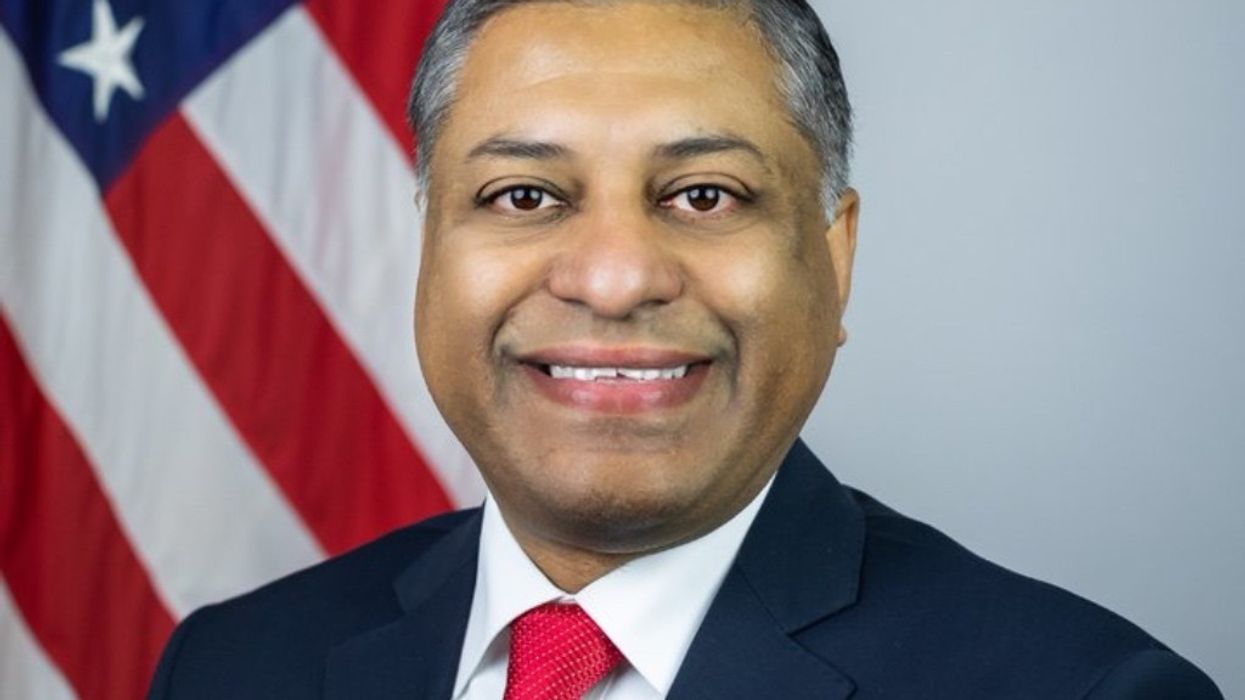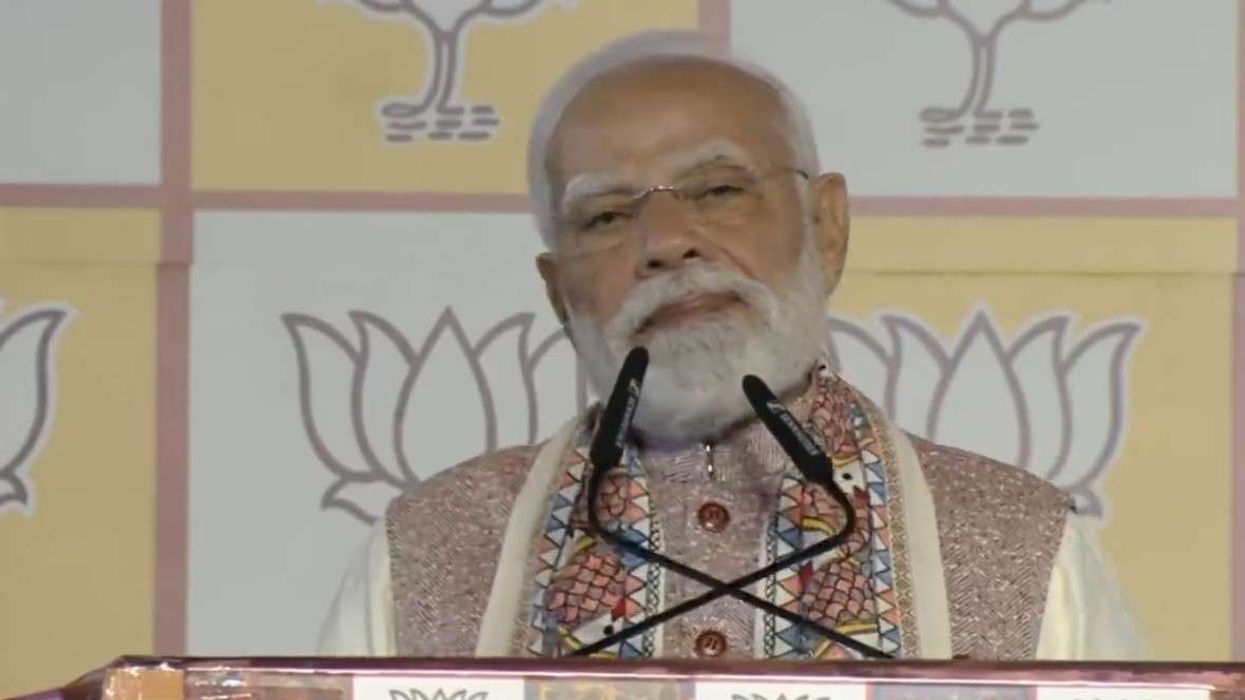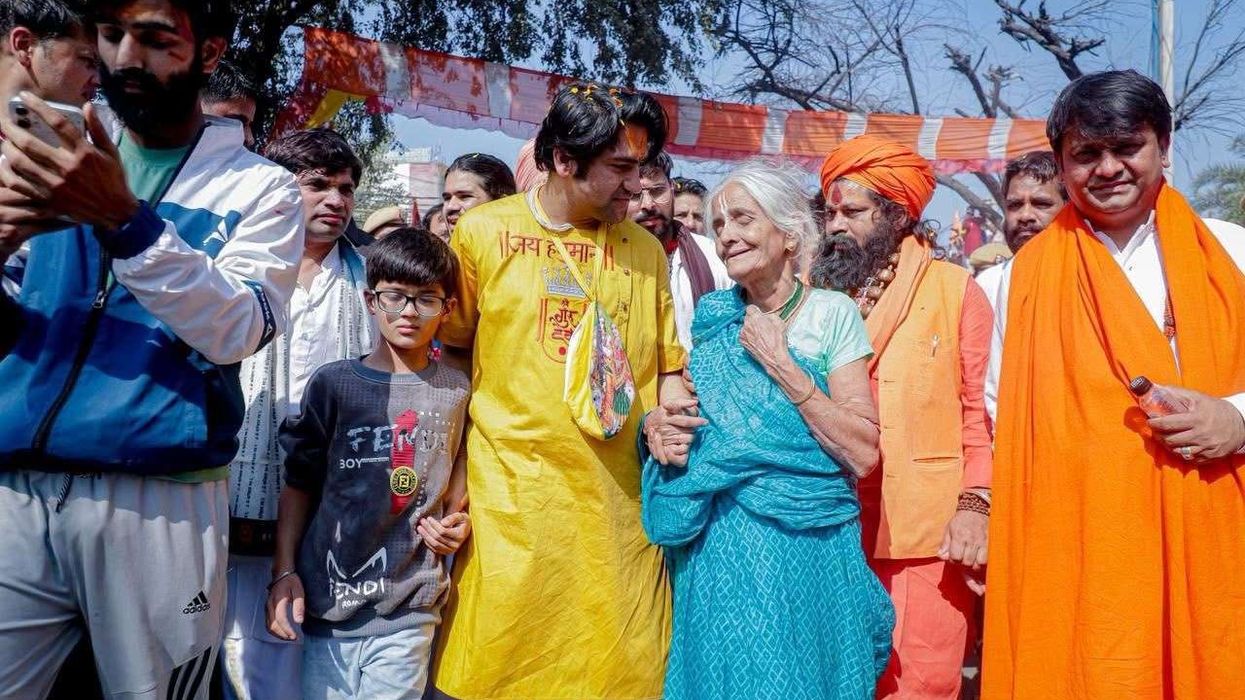India-born Gupta, the first medical doctor to ever lead the White House Office of National Drug Control Policy (ONDCP), also said that both India and the US have a bright future together and it cannot be reversed.
India's investment in education and knowledge in the 75 years of its independence is now paying off, America's top drug policy official Dr. Rahul Gupta has said, recalling his own upbringing in India when his parents gave high priority to studies.
India-born Gupta, the first medical doctor to ever lead the White House Office of National Drug Control Policy (ONDCP), also said that both India and the US have a bright future together and it cannot be reversed.
We have a bright future together as two nations that are going forward and cannot be reversed. The Indian way is proving every single day, to be the way to move forward along with your friends and your colleagues, find common interests, lead people where they are and move forward, Gupta, who is also known as America's Drug Czar, said. We have a bright future together as two nations that are going forward and cannot be reversed.
When I was growing up (in India), I was also always thinking, why would my parents focus so much on my studies? Why is it study to study? What we found was, as I grew up, that knowledge is the lever that moves mountains and that's where India invested its power, its mind, its youth, all the way from 1947, he said.
It is what is paying off today, Dr Gupta said in his remarks at a reception hosted by India's Ambassador to the US, Taranjit Singh Sandhu, at the India House to celebrate 76th Independence Day.
"And that is the really important reason why working right now in the White House, I feel not only comfortable but also enthusiastic that we're looking at a future of two countries, the largest and the oldest democracy, working together to solve some of the most complex, difficult, often turbulent problems, he said.
Even just last month, my team was in India to execute the first ever Counter Narcotics agreement. The United States and India see eye to eye on that. We know how important it is to address drug policy, counter-narcotics, as well as the aspects that lead to it, Dr Gupta said.
(PTI)













